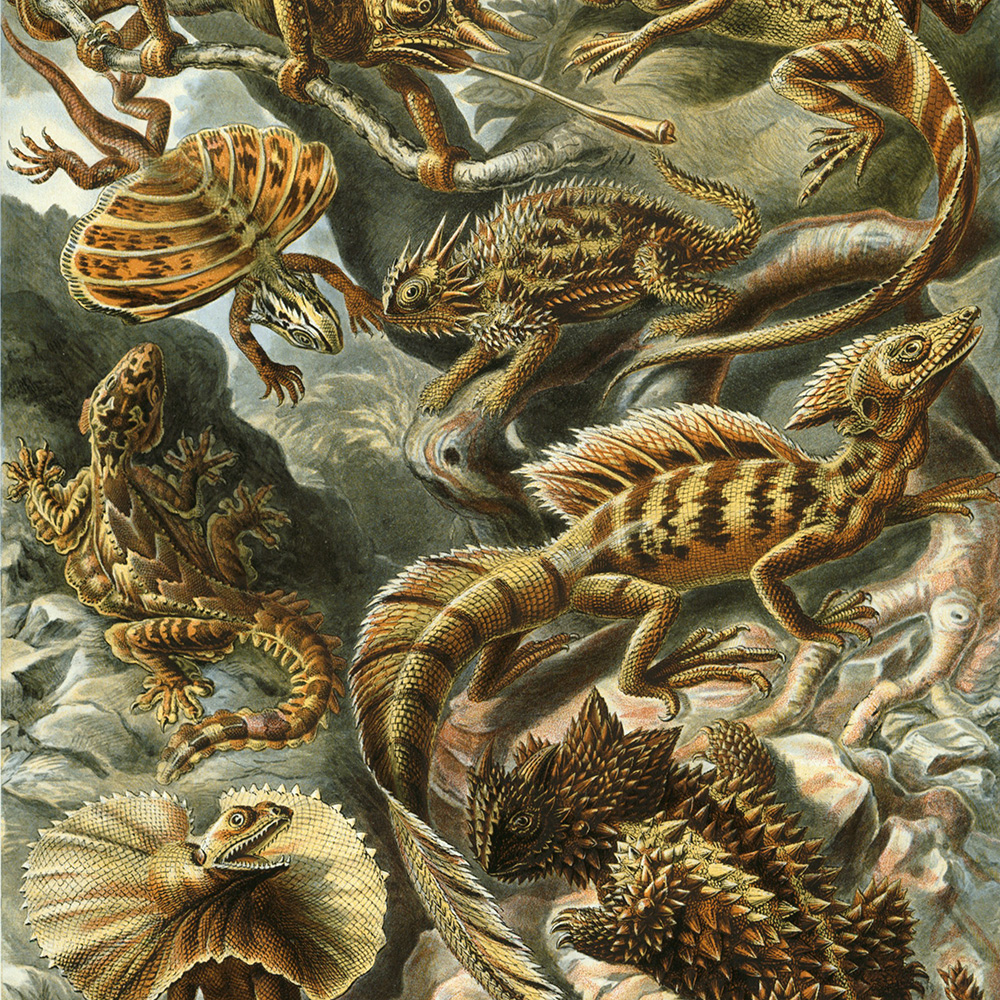Revising Posthumanist Aesthetics in the Ethical Treatment of Nonhuman Animals
DOI:
https://doi.org/10.52537/humanimalia.9631Abstract
Even with the increasing awareness of the importance of nonhuman animal life there remains an entrenched multitude of humanistic biases that hinder the development of the ways we see and treat nonhuman animals. This article examines Cary Wolfe’s posthumanist approach, which seeks to bring about a more inclusive nonhuman animal ethics by de-privileging the human species, and in doing so, identifies an impeding factor for the practical application of his proposal. Wolfe’s proposal for engaging a de-hierarchized sensorium requires the supplementation of a more relentless interrogation of human sight, specifically, the interrogation of the biases that come with human sight. In other words, this article identifies a humanist bias unaccounted for by Wolfe, the preference for the aesthetically pleasing, which impedes the possibility of realizing a more inclusive ethical framework towards nonhuman animals. The human aesthetic preference for beautiful, entertaining, and powerful animals does violence to animal species lacking these characteristics by excluding them from public purview, and in turn, from the support required to keep many of these species from extinction. In addition, a preliminary prescription is offered which argues for the paradoxical use of the humanist aesthetic bias against ourselves for ourselves, so as to open up humanity’s purview in hopes of a more inclusive ethics to come. In subjecting ourselves to such a manipulative attack we engage in a Derridean autoimmune process which opens humanity up to the nonhuman other by employing a posthumanist conception of care.
Downloads

Published
Issue
Section
License

This work is licensed under a Creative Commons Attribution-NonCommercial 4.0 International License.


